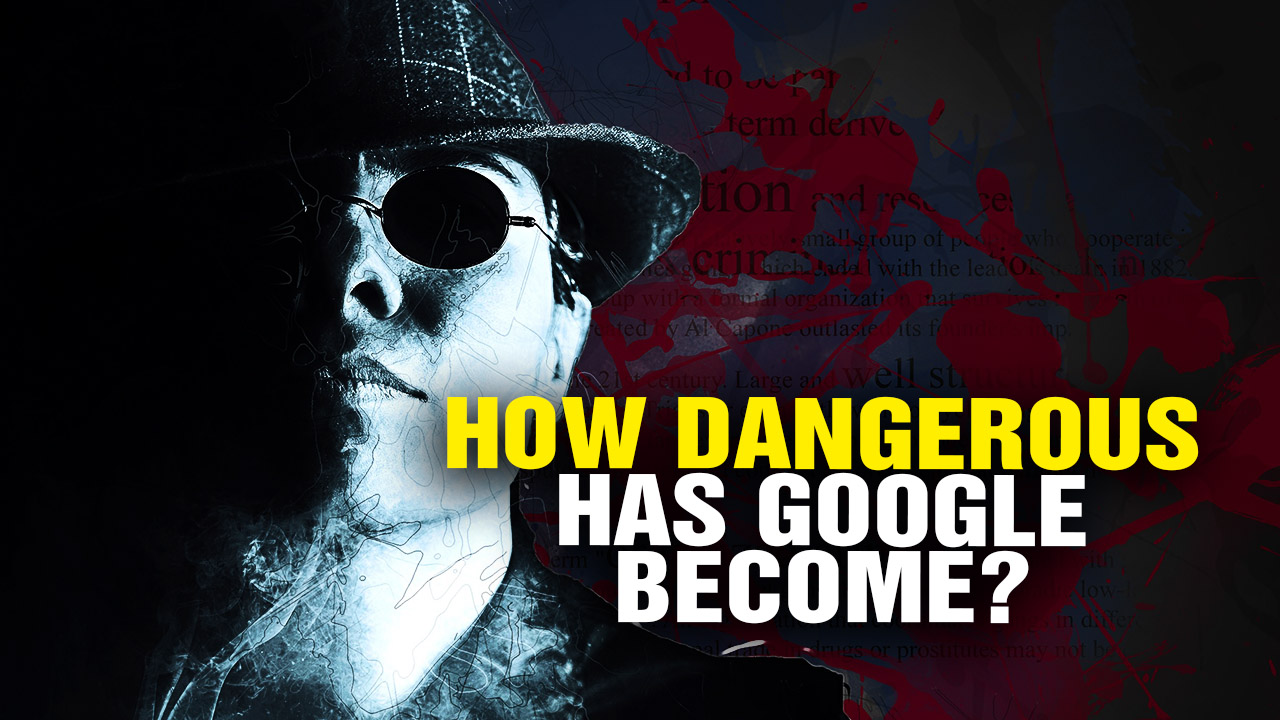For months, U.S. and European intelligence officials were familiar with at least half of the terrorists involved in the horrific Paris attack that claimed the lives 129 people, injuring 350 more on November 13.
This new information follows revelations that the U.S. Department of Homeland Security (DHS) knew the identity of Abdelhamid Abaaoud, 27, the believed mastermind behind the Paris attacks, for six months and even predicted that he would orchestrate attacks in the West, specifically in France.(1)
Abaaoud was killed in a police raid by French authorities on Thursday. Abaaoud’s cousin, Hasna Ait Boulahcen, 26, was also killed in the raid after she detonated a suicide bomb strapped to her chest.(2,3)
DHS learned about Abaaoud and his plans to carry out future terror plots following an anti-terrorism raid in Verviers, Belgium, last January. Abaaoud was not apprehended during the raid. Police later learned that he was orchestrating attacks from a safehouse in Athens, Greece.
In the raid, Belgian authorities discovered IEDs, automatic weapons and materials indicating that the suspected terrorists planned to impersonate police as a tactic to wage terror attacks. DHS said the bust was the first in which a “large group of terrorists” possibly acting under the influence of ISIS was discovered, leading them to believe that more attacks throughout Europe were on its way.
U.S. knew the Paris attackers and predicted exactly where they would strike
Authorities believe at least nine terrorists were involved in the Paris attack, four of whom had their names recorded on the central counter-terrorism database, known as “TIDE.” At least one of the terror suspects was listed on the U.S. “no-fly list,” according to U.S. officials.(4) The U.S. reportedly added the suspected terrorists to the TIDE database after receiving intelligence from officials in Europe.
TIDE, the Terrorist Identities Datamart Environment, is a central, highly classified database containing information used to identify suspected terrorists trying to obtain visas, enter the country, board aircraft or engage in other activities, according to ISE.gov.(5)
One of the attackers, Salah Abdeslam, who grew up in the same neighborhood as Abaaoud, is still on the run and is believed to be wearing a disguise and using a fake name, according to the Daily Mail.(6)
Too many names on “no-fly list”
If the terror suspect listed on the U.S. “no-fly list” had attempted to fly into the U.S., would he have been stopped? Maybe, but it’s not certain. As of 2013, more than 1 million people were listed on the “no-fly list” and nearly 17,000 of them were believed to be dead. There are also a large number of innocent people on the list, including Americans.
The Intercept reports(7):
As of last July, over 3,500 suspected terrorists included in the U.S. government’s central terror database were “confirmed dead” and another 13,000 were “reportedly dead,” yet many of their names continued to be actively monitored in databases like the no-fly list, according to an intelligence assessment prepared by the Department of Homeland Security in August of this year.
The government argues that keeping dead terrorists on the “no-fly list” is necessary because many of them use social media to fake their deaths in attempt to evade security. However, Mike German, a former FBI agent and fellow at the Brennan Center’s National Security Program says that leaving the names of dead people on watch lists highlights how dysfunctional the system has become.
“The harm is that when the list is over a million names, or approaching a million names, it’s no longer a useful document,” German said. “It’s no longer about whether this person is a threat; it’s about a bureaucratic method of playing CYA.”
The oversized watch list also slows response time when genuine threats emerge. “The watchlist alarm is ringing constantly, because it has far too many names,” said German. “The response time has been lost because of over-vigilance.”
Sources:
- Evil.news
- Collapse.news
- DailyMail.co.uk
- AF.Reuters.com
- ISE.gov
- DailyMail.co.uk
- TheIntercept.com



















